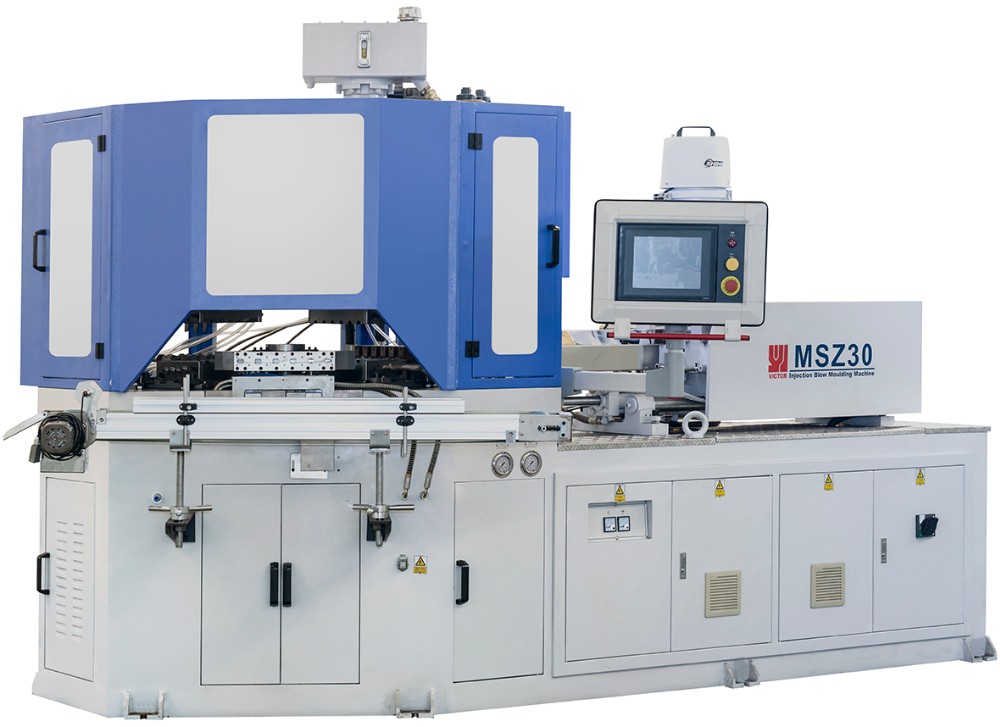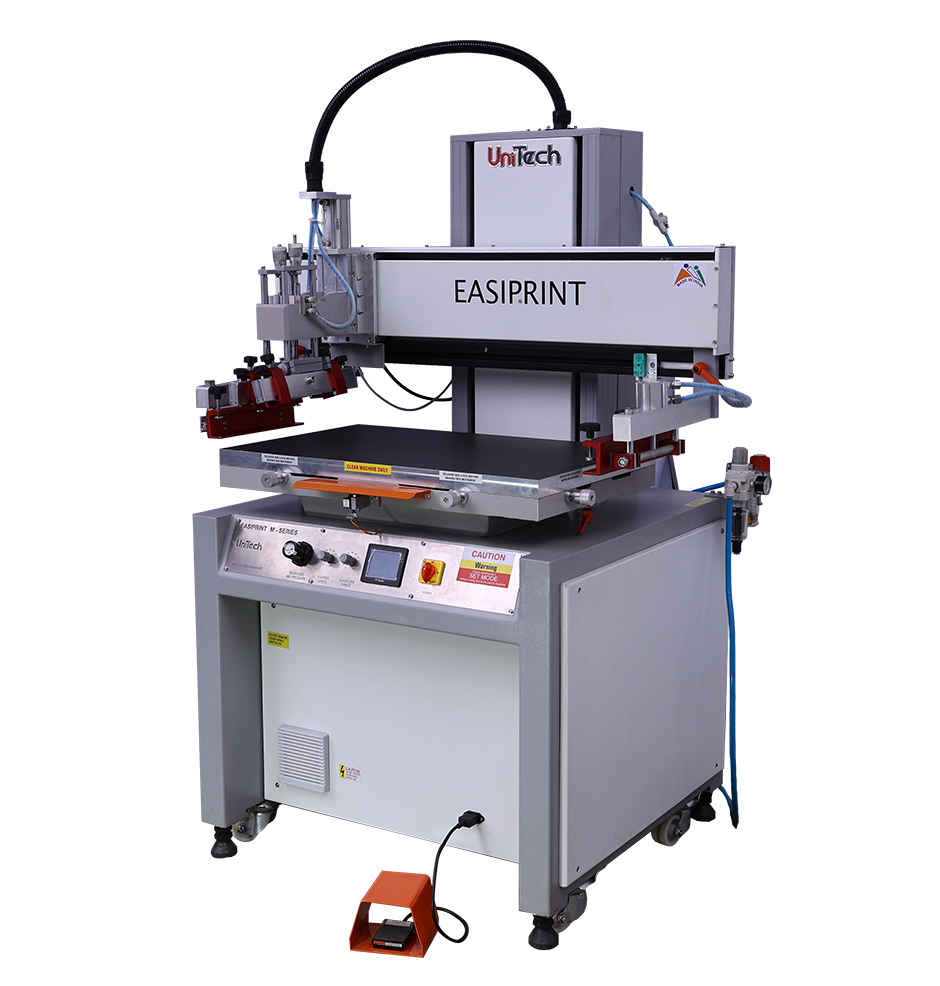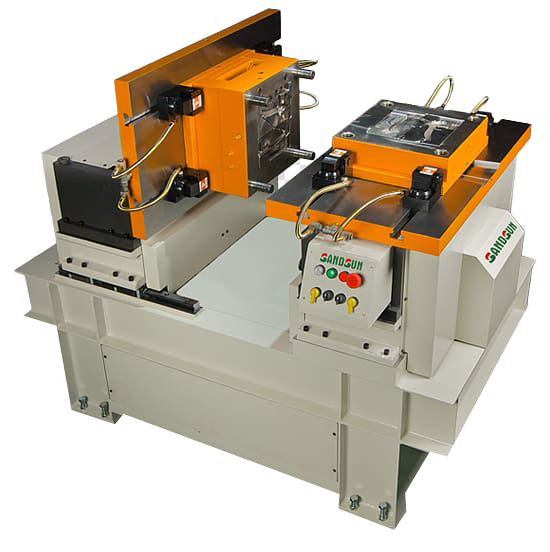Services
A Sustainable Future Where Innovation Meets Excellence
At the helm of the plastic packaging industry, we stand with unwavering pride. Our commitment to innovation and excellence propels us to the forefront, setting the benchmark for quality, sustainability, and creativity.
Industry Pioneer
A leading plastic packaging company renowned for its pioneering spirit, consistently setting trends and standards in the packaging arena.
Innovative Solutions
Fueled by innovation, the company crafts cutting-edge packaging solutions that merge aesthetics, sustainability, and functionality seamlessly.
Quality Assurance
Recognized for its unwavering commitment to quality, ensuring that each solution meets stringent quality standards, as a trusted Industry Pioneer.

Injection Blow Molding
Injection blow molding is a specialized manufacturing process that combines two distinct techniques to create hollow plastic objects with precision and efficiency. This method begins with the injection molding process, where a thermoplastic material is melted and injected into a preform mold to form a tube-like shape known as a preform.
This preform is then transferred to a blow molding station, where it’s placed into a final mold. The mold is closed, and pressurized air is introduced to expand the preform, forcing it to conform to the mold’s interior contours. As the plastic cools and solidifies, it adopts the mold’s shape, resulting in a seamless, hollow product.
Blow Molding
Blow molding is a manufacturing process used to create hollow plastic objects. It involves shaping molten plastic into a desired form by injecting it into a mold and then applying air pressure to expand and conform the plastic to the mold’s shape.
This technique is commonly used to produce items like bottles, containers, and other hollow plastic products. The process is known for its efficiency, cost-effectiveness, and ability to create consistent and precise shapes.


Vacuum Forming
Vacuum forming is a plastic shaping method involving heating a sheet until pliable, draping it over a mold, and using a vacuum to mold the plastic to the shape.
The process is used for creating various products, like packaging trays and automotive components. It’s cost-effective for low to medium production volumes and offers versatility for different shapes and sizes.
Screen Printing
Screen printing, also known as silk screening, is a printing technique that involves transferring ink onto a substrate (such as fabric, paper, or plastic) through a fine mesh screen. A stencil is created on the screen to block areas where ink should not pass through.
Ink is then pushed through the open areas of the stencil using a squeegee, resulting in a printed design on the substrate. This method is commonly used for creating vibrant and durable prints on various materials, including textiles, posters, signage, and promotional items.


Vacuum Metalizing
Vacuum metalizing, also known as vacuum deposition or metallization, is a surface coating process used to apply a thin layer of metal, typically aluminum, onto various substrates like plastic, glass, or ceramics. This process involves placing the substrate and a source of metal inside a vacuum chamber.
The chamber is then evacuated to a low pressure, and the metal vapor is allowed to condense and adhere to the substrate’s surface, creating a reflective and metallic appearance. Vacuum metalizing is often employed in industries such as automotive, electronics, cosmetics, and decorative arts to enhance the visual appeal, reflectivity, and durability of products.
Die & Mold
Dies are specialized tools or devices used in manufacturing processes to shape, cut, or form materials into specific shapes. They are typically made from durable materials like metal and are designed to precisely replicate a particular pattern, shape, or design.
Dies are commonly used in various industries, such as metalworking, stamping, and fabricating, to mass-produce items with consistent and accurate dimensions. They play a crucial role in shaping materials and ensuring uniformity in the final products.

